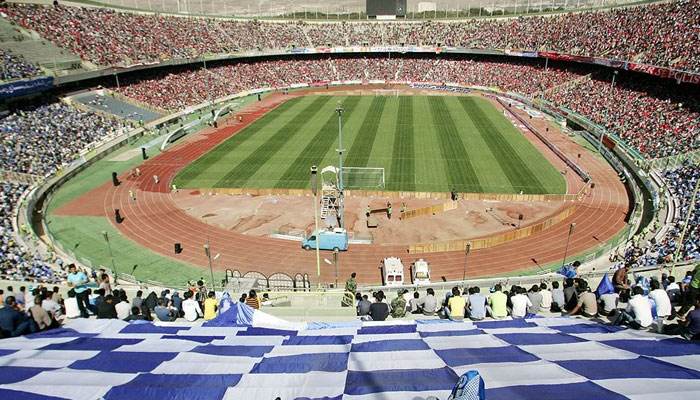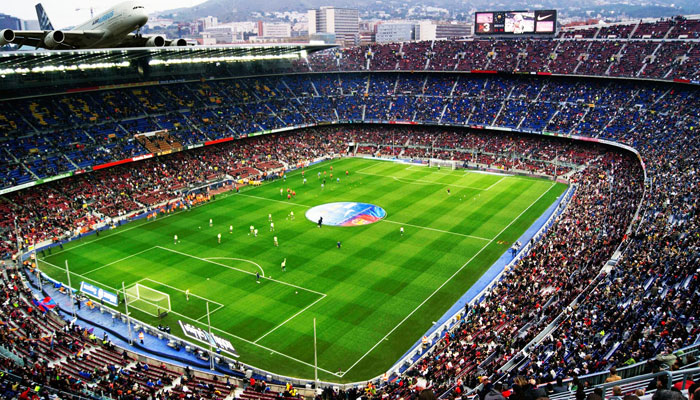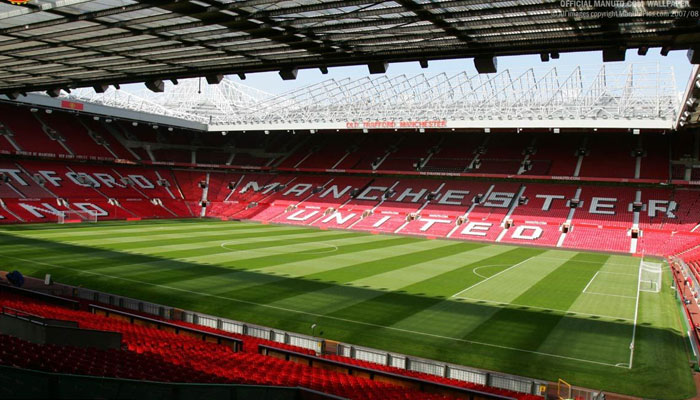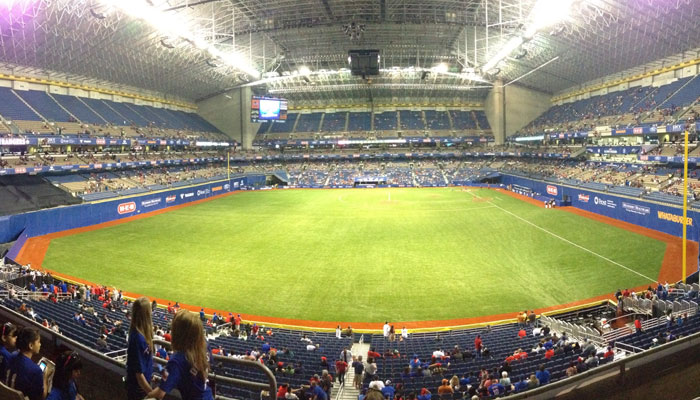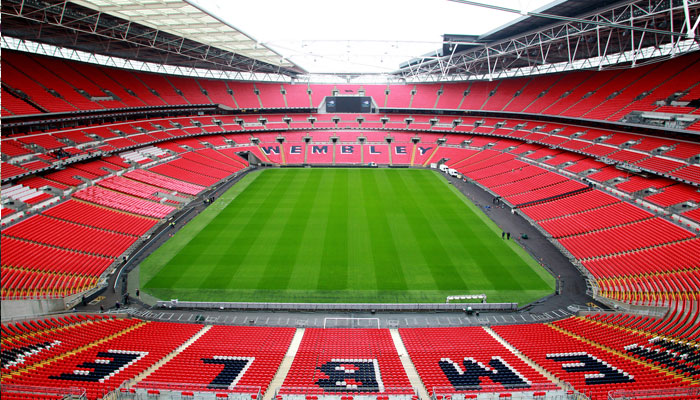L'Estadi Camp Nou
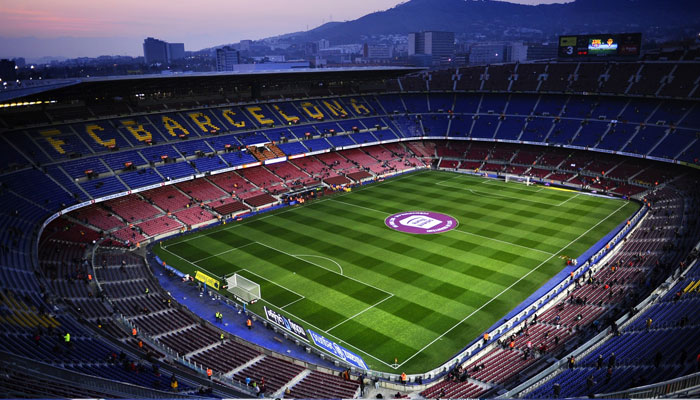
L'Estadi Camp Nou, also known as Camp Nou, is the home stadium of FC Barcelona and one of the most iconic football stadiums in the world. Located in Barcelona, Spain, it has hosted some of the most famous matches in European football history. With a current capacity of 99,354, it is the largest stadium in Europe and the 11th largest in the world. It is one of the most technologically advanced stadiums in the world and is the host to many major events.
History
The Estadi Camp Nou was built in 1957 and opened on September 24, 1957 with a match between FC Barcelona and Legia Warsaw. The stadium has since become the home of FC Barcelona and is one of the most iconic stadiums in the world.
Ownership
FC Barcelona has owned the stadium since its foundation in 1957. The club has since developed the stadium and made numerous renovations to ensure it meets the highest standards in European football.
Capacity
The stadium has a current capacity of 99,354 making it the largest stadium in Europe. It can accommodate up to 105,000 people for concerts and other events, however this capacity is rarely reached due to safety regulations.
Famous Matches
The stadium has hosted some of the most famous matches in European football history, including the 1982 World Cup Final, the 1994 Champions League Final and the 2006 Champions League Final. It has also hosted numerous El Clásico derbies between FC Barcelona and Real Madrid.
Seating Chart
The Estadi Camp Nou has four stands with a capacity of 99,354. The East Stand has two tiers and is the most modern stand. The North, South and West Stands are all single tier and are the oldest stands. Each tier has its own designated seating area and is divided into numbered sections. The four stands are connected by a ring of walkways which provide access to the stadium.
Dimensions
The Estadi Camp Nou has a total area of 55,000 square metres. The playing surface is 105 metres long and 68 metres wide. The pitch is surrounded by a running track which is 8 metres wide. The stadium also has a roof which provides protection from the elements.
Construction and Architecture
The Estadi Camp Nou was built in 1957 and designed by architects Francesc Mitjans-Miró and Josep Soteras Mauri. The stadium is built in the form of an ellipse and is composed of two concrete tiers. The exterior is clad in limestone while the interior is made up of brick and concrete. The stadium also has a modern lighting system which provides illumination for night matches.
Turf
The Estadi Camp Nou has a natural grass pitch which is maintained to a high standard. The turf is regularly replaced and the pitch is watered and fertilised to ensure optimal playing conditions. The pitch is also surrounded by a protective net which prevents balls from leaving the playing area.
Events
The Estadi Camp Nou has hosted a variety of major events over the years. These have included the UEFA Champions League Final, the Olympic Games, the World Cup and the Spanish Super Cup. In addition, the stadium is regularly used for concerts, conventions and other large scale events.
Major Events
The Estadi Camp Nou has hosted a number of major events over the years. These have included the UEFA Champions League Final, the Olympic Games, the World Cup and the Spanish Super Cup. In addition, the stadium has hosted a number of concerts and conventions including the Michael Jackson concerts in 1992 and the Pope's visit in 1982.
Technology
The Estadi Camp Nou is equipped with the latest in technological advancements. The stadium has a state-of-the-art sound system, an advanced video display system, a powerful floodlighting system and a scoreboard. In addition, the stadium has Wi-Fi access which allows spectators to access the Internet while in the stadium.
Amenities
The Estadi Camp Nou has a variety of amenities to ensure a comfortable experience for spectators. These include parking, security, food and drink stands, restrooms, and shops. In addition, the stadium has a museum which houses a collection of memorabilia and exhibits.
Roof
The Estadi Camp Nou has a retractable roof which provides protection from the elements. The roof is made up of two sections which can be opened and closed depending on the weather conditions. The roof is also equipped with an advanced lighting system which provides illumination for night matches.
Scoreboard
The Estadi Camp Nou has a large electronic scoreboard which is located above the northern stand. The scoreboard is used to display the score and other important information such as the name of the goal scorer. The scoreboard is also equipped with an advanced video system which can be used to replay highlights of the match.
Accessibility
The Estadi Camp Nou is accessible to all spectators. There are elevators and ramps which provide access to all areas of the stadium. In addition, the stadium has wheelchair accessible seating and restrooms.
The Estadi Camp Nou is the home of FC Barcelona and one of the most iconic stadiums in the world. It has hosted a number of high-profile events over the years and is set to host even more in the near future. The stadium is equipped with the latest in technological advancements and features a variety of amenities to ensure a comfortable experience for spectators. The extensive redevelopment project currently underway is expected to further enhance the stadium and ensure it remains one of the best in the world.

